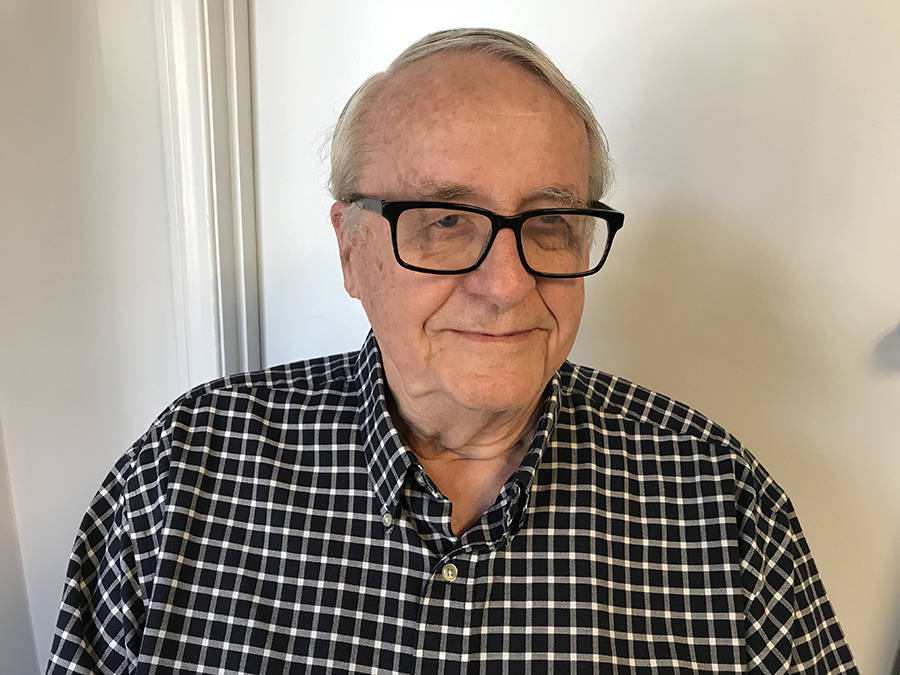Online data helps you dig up family history
In May I did a piece about DNA databases and how they are changing our lives and cold case criminal research. These databanks became possible because of the growing interest that the populace has in knowing who their antecedents were. Family history research is now the nation’s No. 1 armchair sport.
I got my start at age 14 when my great-grandma related tales of her ancestors and thought that her great-grandpa was named Jack Pulver.
This brings me to my first piece of advice. Start by talking to your family, obviously the older the better. Take careful notes of what you’re told. It was 30 years before my note about Jack led to uncovering, in new digital records, the identity of my great grandfather, a Revolutionary soldier, and trace him back to the German immigrant who came to New York in 1710.
My wife’s good friend Katie came over one day saying they were going to Ireland in a week and she hoped to look up the old sod, but she didn’t know exactly where that sod was. I got her grandparents’ names and where they lived in 1940. Before she left I had found their census record. Within a few hours I had linked that to some online genealogies posted by others, and sent an email to one compiler named Kathleen. The next day, Kathleen, from Ireland, got in touch with Katie and they gladly met up during the week in Ireland. The Irish family, that hadn’t known any American cousins, showed her the remains of a house one of their common ancestors had lived in.
OK, I’m not going to do the same for you. So where do you go next? The Church of Jesus Christ of Latter-day Saints maintains a major family history library at Ninth Street and Clark Avenue in Las Vegas and the staff there is very helpful to newbie researchers. Our Boulder City library has subscription magazines about family research and they have a subscription to Ancestry.com software, the largest genealogical database of all.
Of course, that means you would have to learn to use the software, which takes a while. But, you aren’t going to get too far in your searches if you don’t have access to the internet.
Whether you have a computer at home, or utilize one at the library or Senior Center of Boulder City, you might best start by Googling “family search.” Get logged in as a new member and explore the means of getting around. Put in your name and those of your parents and grandparents. Then start a search and chances are you will find someone. Or search out the census records for your grandparents.
The reason I direct you here first is that it is free. The earliest and one of the biggest gateway data sites for family research, built by the Latter-day Saints, it will not only help you find vital records, but enable you to store it in proper format as you grow your tree back to the old country and beyond.
There are at least two other gateway companies online: Ancestry.com and My Heritage. They require a paid subscription.
Any of these gateways will give you access to major databases, such as census records. Every 10 years since 1790 the U.S. took the names of every resident and preserved those records (except 1890, which mostly burned). All those records have been digitized and put on the internet. Rapid results can accrue from following a family from decade to decade, as the children grow and, sometimes, you can identify them as they become heads of family in their own right.
Fold3 is the database for all military records. You can see the draft registration records about men eligible to serve in the Civil War or either of the world wars, and especially informative are the pension records from those who earned one.
Find a Grave has photos and transcriptions of almost every gravestone in America, and it’s also free. You can access that directly via Google. Want to see where your eighth-great-grandparents are buried in Salem? Just Google Find a Grave and you’ll be amazed at what you see. You can even order flowers for their grave.
Dave Nelson retired to Boulder City in 2003 after a career with the FICO score company. He is vice president and newsletter editor for the local Sons of Norway.





